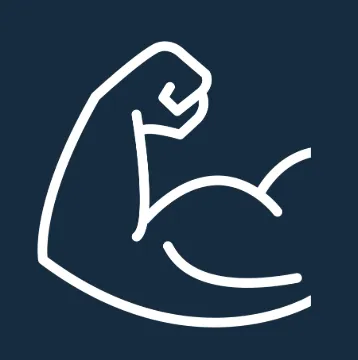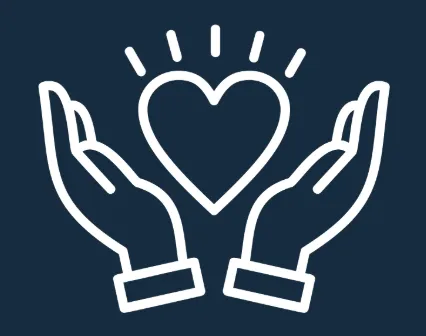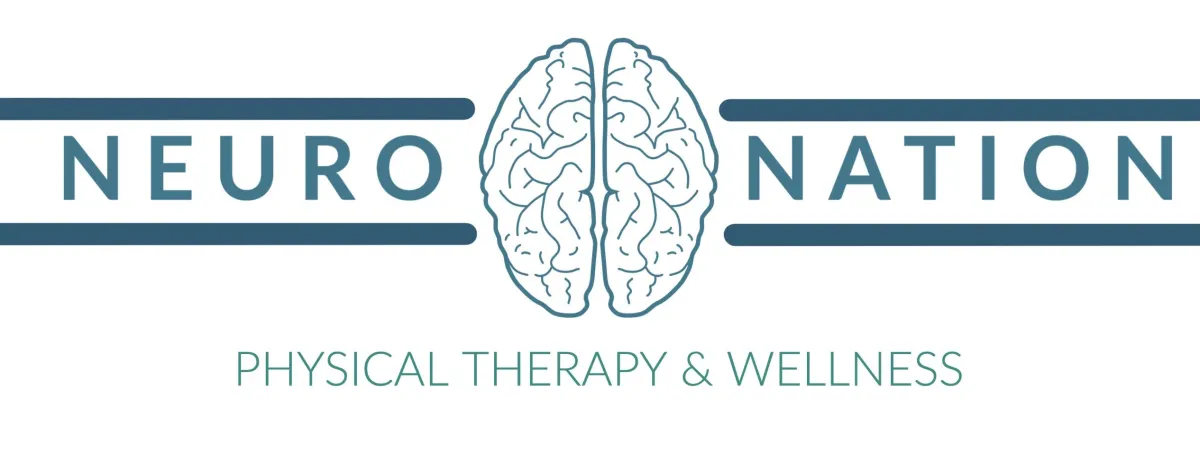Neurologic Conditions
ATAXIA
Ataxia is a movement disorder caused by damage to the cerebellum, the part of the brain that controls coordination and balance. It can result from neurological conditions such as stroke, multiple sclerosis (MS), brain injuries, or degenerative diseases.
Common Symptoms of Ataxia
Unsteady walking or frequent falls
Poor coordination of hands, arms, or legs
Slurred speech or difficulty swallowing
Tremors or involuntary movements
Difficulty with fine motor skills
How Can Physical Therapy Help?
Balance & Coordination Training – Exercises to improve steadiness and reduce fall risk
Gait & Mobility Training – Strategies to make walking safer and more efficient
Strength & Core Stability Exercises – To enhance muscle control and movement precision
Vestibular & Eye Movement Therapy – To improve visual stability and dizziness control
GUILLAIN BARRE SYNDROME (GBS)
Guillain-Barré Syndrome (GBS) is a rare neurological disorder in which the immune system attacks the peripheral nerves, leading to weakness, numbness, and even paralysis. While the exact cause is unknown, GBS often follows viral infections, surgery, or vaccinations. Recovery can take weeks to years, and rehabilitation plays a critical role in regaining strength and mobility.
Common Symptoms of Guillain Barre Syndrome (GBS)
Weakness or tingling in the feet and/or hands, spreading up the legs and to the arms and upper body
Difficulty walking or loss of balance
Muscle weakness or paralysis
Trouble breathing in severe cases
Pain, fatigue, and difficulty with coordination
How Can Physical Therapy Help?
Progressive Strength Training – To rebuild muscle strength and endurance
Gait & Mobility Training – To improve walking ability and balance
Neuromuscular Re-education – To retrain the nervous system for better movement control
Pain & Fatigue Management – Strategies to reduce discomfort and increase energy
Functional Training – To restore independence in daily activities
TRANSVERSE MYELITIS
Transverse myelitis is inflammation of the spinal cord. The protective myelin sheath around nerve fibers in the spinal cord becomes damaged. It is often triggered by viral infections, autoimmune disorders, or other unknown factors.
Common Symptoms of Transverse Myelitis
Muscle weakness or paralysis in the limbs
Pain
Sensory problems and/or tingling sensations
Bladder/bowel dysfunction
How Can Physical Therapy Help?
Strength Training – To rebuild muscle strength
Gait & Mobility Training – To improve walking ability and balance
Neuromuscular Re-education – To retrain the nervous system for better movement control
Pain Management – Strategies to reduce discomfort
Functional Training – To restore independence in daily activities

Empowerment
Regain independence.

Compassion
Care with empathy.

Commitment
Dedicated to improving lives.

FOLLOW US
COMPANY
CUSTOMER CARE
LEGAL
Copyright 2025. In and around Triangle, NC . All Rights Reserved.